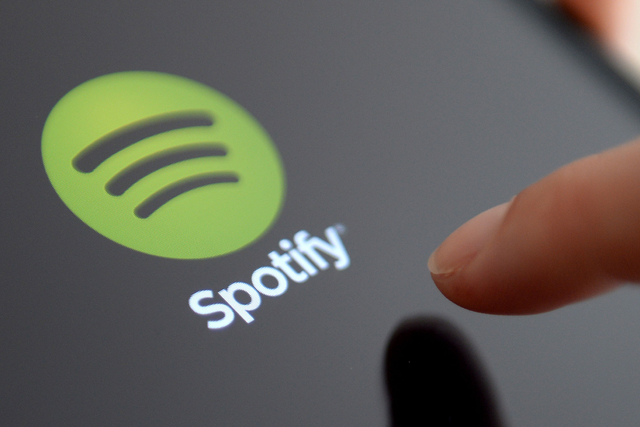Music streaming is helping, not hurting, your favorite bands


The sky was falling in a swanky Downtown Grand conference room, the heavens torn asunder by Spotify.
“It has destroyed our culture on how we value recorded music,” argued Ash Avildsen, founder of Sumerian Records, one of the most successful indie hard rock/metal labels, venting against streaming services during a panel discussion at the Vegas Music Summit last week.
To hear Avildsen tell it, streaming has both spoiled consumers and hurt musicians.
“For artists, unless you’re at the highest level, the chances of you making real money off your recorded music is very low,” he said.
Streaming has become a hot-button issue in the music business, especially since paid subscriptions to streaming services overtook physical and digital music sales beginning in 2015. According to a report from the Recording Industry Association of America, revenue from streaming jumped 57 percent during the first half of 2016 from the same time period the year before, accounting for 47 percent of total revenue, offsetting the declines in traditional revenue and sparking the “strongest industry growth since the late 1990s.”
So why’s Avildsen upset? Because the royalty rates from streaming are low — 17 cents per 100 plays on free services and 22 cents on subscription-based platforms — of which the artist gets but a percentage.
And so Avildsen’s right about the money being tight. But here’s the thing: It’s always been this way.
This isn’t a new development. This is business as usual.
Streaming, then, shouldn’t be demonized, nor should you feel guilty for choosing to listen to the latest Metallica CD on Tidal as opposed to plunking down $15 for a CD.
Here’s why.
Even when physical music sales were at their peak in the late ’90s and early aughts, less than 7 percent of major label artists were selling over 100,000 copies of a given album, which is the absolute baseline for an artist to begin recouping expenses and earn royalties.
Literally, around five out of every 100 artists signed to a major label even qualified to start receiving a share of the proceeds from album sales.
So this notion that artists are suddenly being stripped of a significant revenue generator is a myth.
The vast majority of musicians have never profited from album sales.
So how do they make their money?
Concert tickets and merchandise sales, where the profit margins are much, much more in their favor.
Now, even the most ardent critics of streaming services won’t argue with the fact that they lead users to listen to more music in total and have expanded the base of consumers in total.
“The music market, to me, is going to get bigger than ever,” said John Kohl, CEO of music discovery service TuneGo, who also participated in the panel. “Cellphones are growing in Third World markets like never before. Now we have high-speed wireless networks. People can access music in ways they never could before in countries where they never, ever could get access to music.”
This is why music consumption is at an all-time high.
The math, then, is simple: Artists “sacrifice” a revenue stream that never really existed for most of them and gain a mammoth platform for potential exposure, which, in turn, could lead to new fans who just might buy a concert ticket and/or T-shirt when said band comes to town, purchases where the money is much more in the artist’s favor.
And so if the sky did indeed fall on the music industry, well, it’s not all bad.
At least now there are no longer any horizons.
Read more from Jason Bracelin at reviewjournal.com. Contact him at jbracelin@reviewjournal.com and follow @JasonBracelin on Twitter.


















